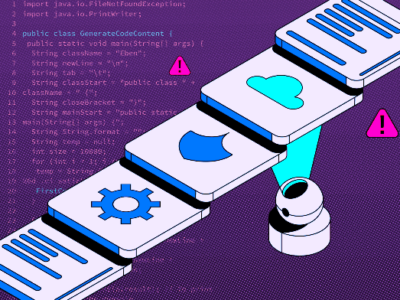By Helen Kruger, Troye CEO
In today’s digital landscape, organisations face a constant barrage of cyber threats. Traditional perimeter-based security measures are no longer sufficient in safeguarding sensitive data and critical assets. As businesses continue to evolve and adopt cloud-based technologies, a proactive and comprehensive approach to cybersecurity becomes imperative.
RELATED: Likening cybersecurity with a beehive sheds insights on best customer support practices in 2023
Zero Trust is a security philosophy that assumes no implicit trust in any user, device, or network within an organisation. It requires organisations to verify and validate every user and device attempting to access resources, regardless of their location or network connection.
Unlike the traditional perimeter-based approach, where once inside the network, users have relatively free access, Zero Trust embraces the concept of ‘never trust, always verify’.
Implementing a Zero Trust strategy should include the following elements:
Identity and Access Management (IAM)
Implementing robust IAM practices is at the core of a Zero Trust strategy. By leveraging multi-factor authentication, strong password policies, and role-based access controls, organisations can ensure that only authorised individuals gain access to sensitive resources.
Micro-segmentation
Micro-segmentation involves dividing the network into smaller, isolated segments, making it harder for attackers to move laterally if they gain access. By limiting access between segments and applying strict access controls, organisations can minimise the potential impact of a security breach.
Continuous Monitoring
Effective monitoring and visibility are crucial for detecting and mitigating potential security incidents promptly. Implementing real-time threat detection and response capabilities, along with security information and event management (SIEM) solutions, can provide organisations with the necessary visibility into network activities and enable proactive threat hunting.
Least Privilege
Adopting the principle of least privilege ensures that users and devices have only the minimum access necessary to perform their roles and responsibilities. This mitigates the risk of unauthorised access and limits the potential damage caused by compromised credentials.
Secure Remote Access
With the rise of remote work, organisations must establish secure remote access mechanisms. Zero Trust principles can help by requiring strong authentication, device health checks, and encrypted connections for remote users.
Choosing MDR over MSSP or SIEM?
The cybersecurity landscape is constantly evolving, and businesses are faced with the challenge of protecting their sensitive data and systems from ever-increasing threats. In this digital age, organisations need robust security measures in place to safeguard against cyberattacks. When it comes to Managed Detection and Response (MDR) versus Managed Security Service Provider (MSSP) with Security Information and Event Management (SIEM) solutions, the choice is crucial.
MDR offers a proactive approach to cybersecurity, leveraging advanced technology and expert analysts to detect and respond to threats in real-time. Unlike MSSPs that rely heavily on SIEM tools, MDR combines cutting-edge technology with human expertise, ensuring a more comprehensive and effective defence strategy.
With MDR, businesses can gain the upper hand in the battle against cyber threats by leveraging continuous monitoring, threat hunting, incident response, and remediation services, all tailored to their specific needs. By choosing MDR over MSSP with SIEM, organisations can achieve a higher level of security, enhanced threat detection, and a faster response to mitigate potential risks.
Arctic Wolf’s Security Operations go above and beyond traditional Managed Detection and Response (MDR) services, offering a range of additional capabilities. One notable feature is the provision of a dedicated Concierge Security Team (CST) for each customer account.
These highly skilled engineers serve as trusted security advisors and seamlessly integrate with the customers’ IT staff. The CST leverages a Hybrid AI approach, combining human expertise with machine learning, resulting in 10 times better threat detection and five times fewer false positives.
Arctic Wolf’s security optimised data architecture dynamically scales to handle and analyse unlimited amounts of log data, ensuring comprehensive visibility. Their customisable rules engine empowers Concierge Security Engineers to tailor their services to meet specific customer needs.
Furthermore, Arctic Wolf extends their monitoring capabilities to include cloud environments such as infrastructure-as-a-service (IaaS), software-as-a-service (SaaS), and security-as-a-service (SecaaS). With predictable pricing based on the company’s size and network infrastructure, Arctic Wolf provides continuous coverage, expert security operations, and personalised recommendations to enhance overall security posture.
Conclusion
As cyber threats continue to evolve, organisations must adapt their security strategies accordingly. Implementing a Zero Trust strategy is a proactive and effective approach to strengthen cybersecurity defences. By embracing the principles of verification, segmentation, continuous monitoring, least privilege, and secure remote access, organisations can build a robust security posture.
Leveraging the expertise of managed security service providers can further enhance the effectiveness of a Zero Trust strategy. With a comprehensive and well-executed Zero Trust approach, organisations can better protect their critical assets, mitigate risks, and safeguard against the ever-changing threat landscape.
COVER PHOTO: Helen Kruger, Troye CEO





























